
Kurume Hiroshi director who introduces the National History Folk Museum
About 1 hour by train from Ueno National Historical Folk Museum in Sakura City, Chiba Prefecture (hereinafter referred to as "history"). As a national historical museum, we are exhibiting only "modern" , and in collaboration with researchers such as universities, we will hold interdisciplinary / international studies with neighboring science including history, archeology, folklore studies As we are conducting research, we can touch the latest research results through exhibitions.
The 1st exhibition room with the theme of "prehistoric and ancient" will be renewed on March 19, 2019 (Tue) in its comprehensive exhibition at the history.
Since the Kokosil Editorial Department participated in a press conference held in Tokyo, I will tell you the state of the first exhibition room that became new.
In the history, the soot attached to the earthenware and the boiled down, the carbon was analyzed by the method "AMS-carbon 14-year measurement" with high precision, and as a result, in the Jomon period about 3500 years, about 500 Yayoi era It was revealed that it started early in the year. Based on this new prehistoric age view, renewal of this exhibition was carried out.
After the renovation, the 1st exhibition room consists of 6 major themes and 2 subchamber themes.
Ⅰ People living on the final glacier
In the glacial era that lasted from about 2.6 million years ago to the present, the coldest earth was the last glacial period (about 110,000 to 122,000 years ago). Homo sapiens came to the Japanese archipelago about 37,000 years ago.
People in those days were engaged in a highly mobile hunter gathering life in an environment completely different from the after glacial period, which started about 12,000 years ago. I will look at the state of the people of the late Paleolithic age (about 37,000 to 16,000 years ago) of the Japanese archipelagos living in the last glacial period.
Along with renewal, a new corner of the old Paleolithic age which was not existed until now has been newly established. We will exhibit the Paleolithic age people who first lived in the archipelago, their lives, the environment with ecological reconstruction models such as the real Naumannou model, the stoneware production and the tanned landscape.
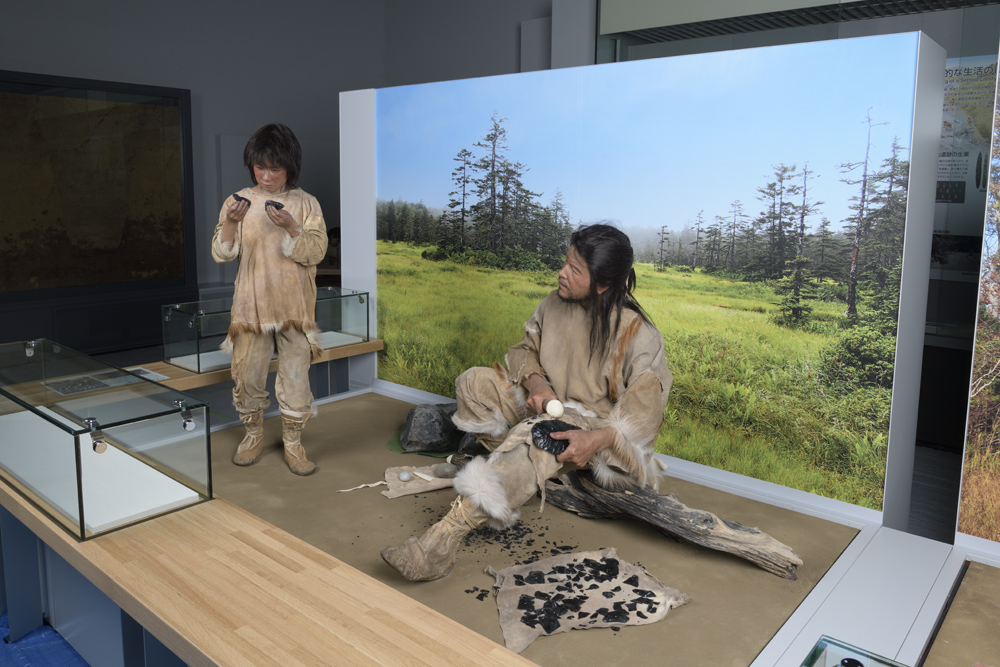
National Historical Folk Museum 1st exhibition room "Prehistory · Ancient" as of January 2019 Exhibition landscape Ⅰ People living in the last glacial period Techniques for making stone spear
We are also focusing on the appearance of the oldest pottery and the clay evening in Japan.
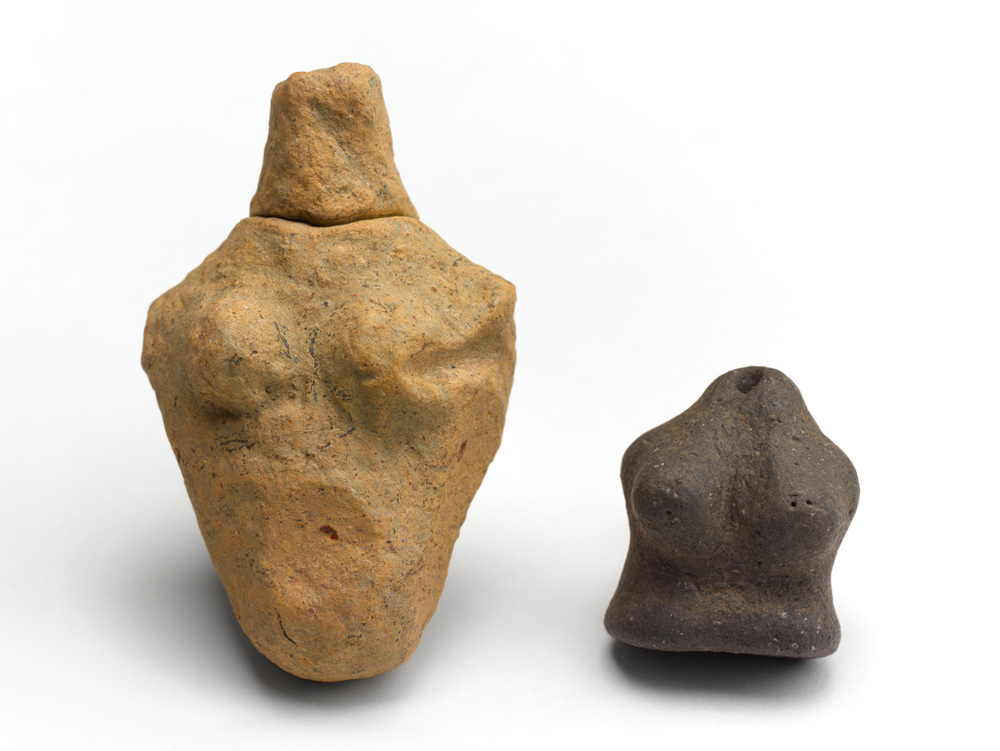
Japan's oldest even clay (duplicate)
Left: Excavated Pori Ijiri ruins of Mie prefecture [Original product: Mie prefectural burial cultural property center]
Right: Excavation from the Aiya Kumalu ruins, Shiga prefecture [Original product: Shiga Prefecture Board of Education]
Collection of National History Folk Museum
Ⅱ Various Jomon Islands
From the early Jomon period about 11 thousand years ago, in the Japanese archipelago until about 3,000 years ago when rice paddy rice cultivation began in the northern part of Kyushu, diversified societies and spiritual culture adapted to the environment of each place were operated It was.
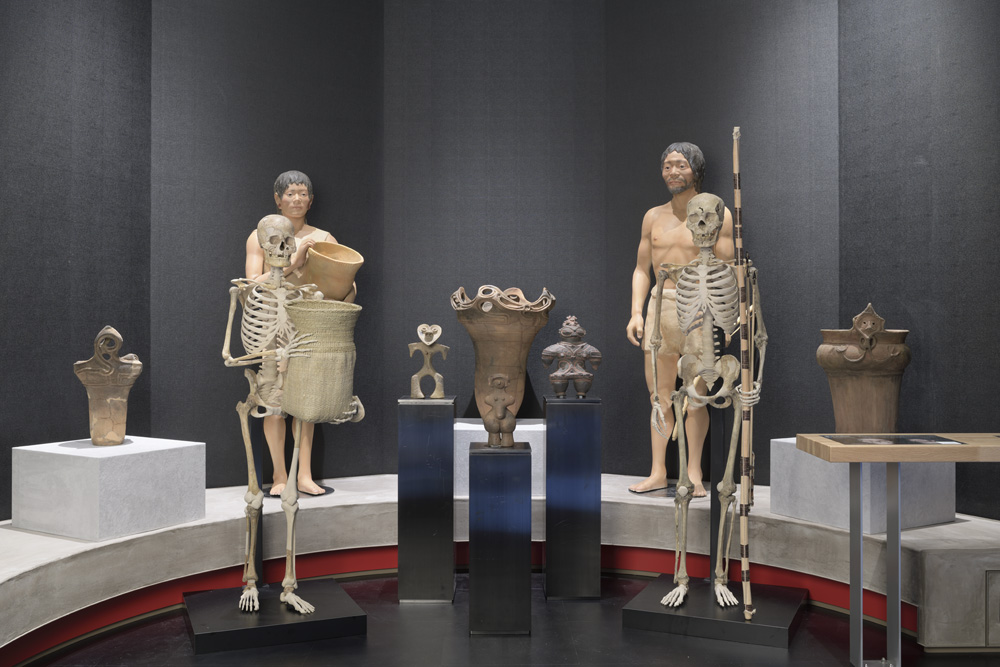
National Historical Folk Museum 1st exhibition room "Prehistory · Ancient" as of January 2019 Exhibition Scenery Ⅱ Various Jomon Archipelago Jomon People's Spirit · Form
Starting full-fledged settlement, I will look at the lives of people who have left a unique culture in the world history while hunting, collecting, fishing, cultivating.
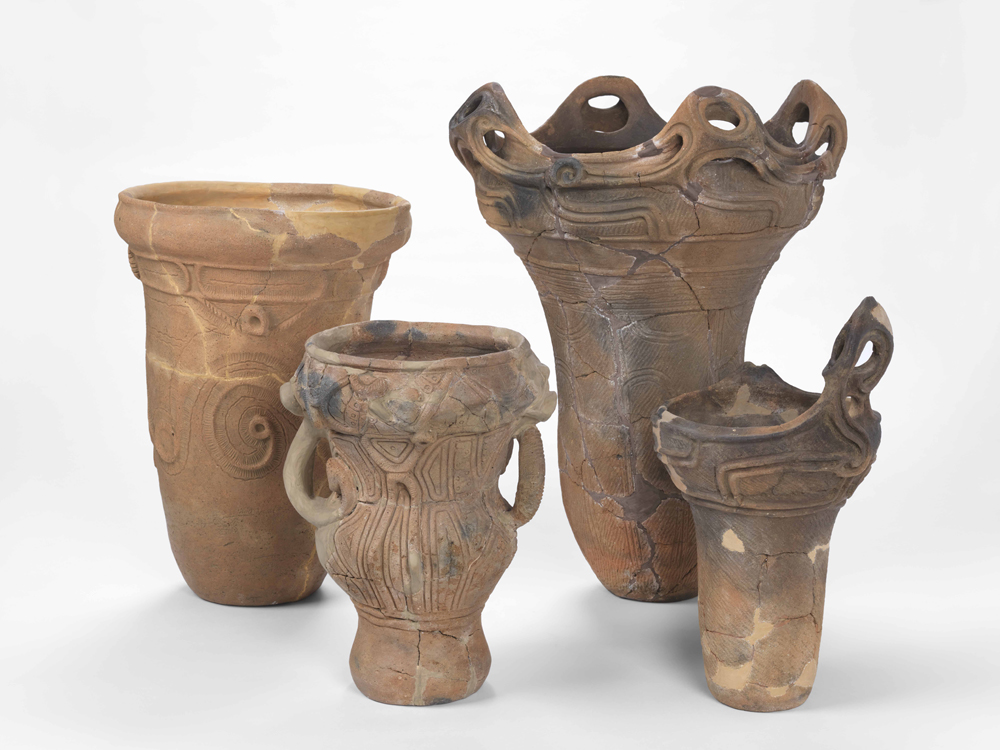
Left 2 pieces of pottery in the middle of the Jomon period: Excavated Yanagida ruins in Yamanashi Prefecture Right two points: Excavated from Kita Kanto Collection Collection of National History Folk Museum
The actual large model of the grave that buried 100 bodies was also exhibited.
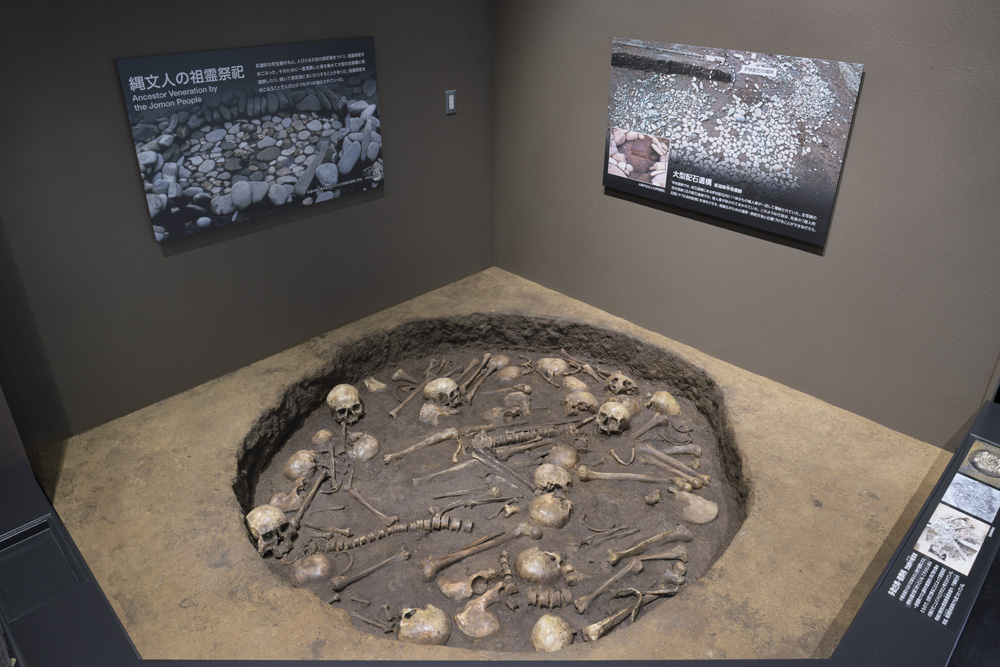
National Historical Folk Museum 1st Exhibition Room "Prehistory · Ancient" as of January 2019 Exhibition Scenery Ⅱ Various Jomon Islands Major Funerary / Multiple Use Example Ibaraki Prefecture Nakamichi Shell Mound
Ⅲ Beginning of paddy rice cultivation
In the 10th century BC, paddy rice cultivation started seriously in the northern part of Kyushu slowly spread to the Japanese archipelago and after 600 years it was divided into areas that accept paddy rice cultivation and areas that do not accept.
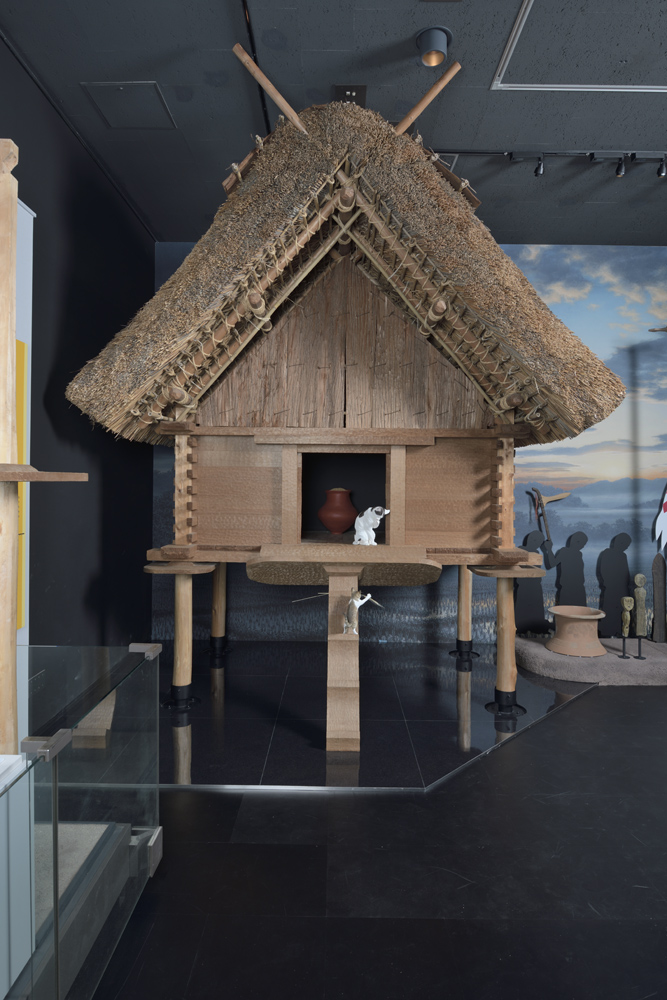
National Historical Folk Museum 1st exhibition room "Prehistory · Ancient" as of January 2019 Exhibition Scenery III Beginning of paddy rice production High-floor warehouse
Metalware also appeared at the same time, people in the northern part of Kyushu began crossing the sea seeking bronze and ironware materials and began festivals with bronze ware.

Asuka (duplicate) Excavated Hashimoto Ichida remains in Fukuoka prefecture [Original product: Fukuoka city burial cultural property center]
Collection of National History Folk Museum
We will look at the history of about 700 years from the 10th century BC to the 3rd century BC which changed drastically as paddy field rice production started 500 years earlier.
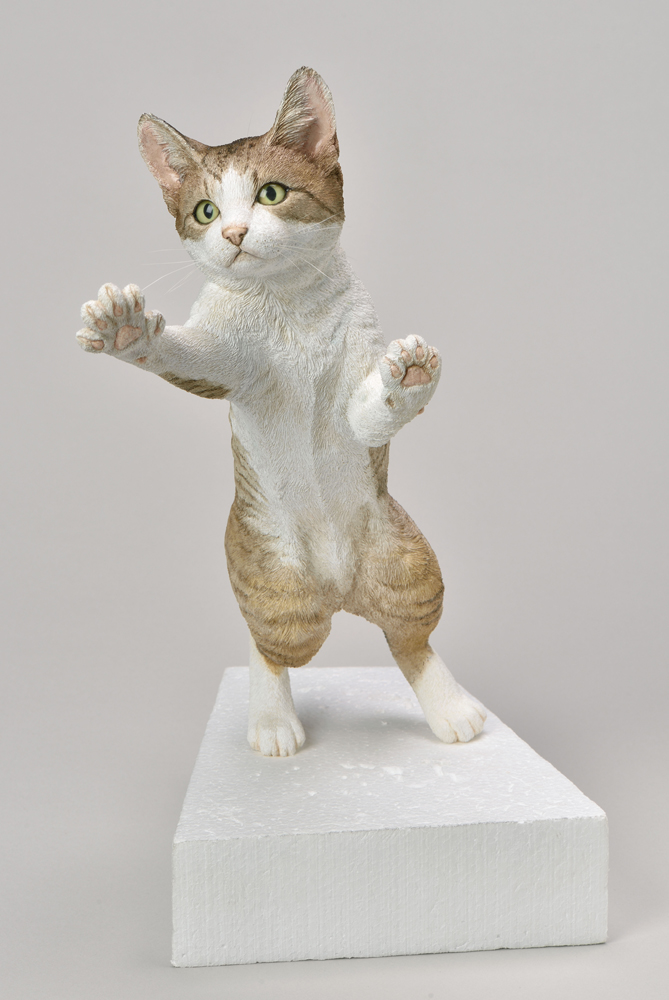
A calf cat in the Yayoi period (restoration)
Collection of National History Folk Museum
Appearance of IV
About the 1st century BC, Wa people appeared in East Asia centering on the Han dynasty. In the latter half of the second and second century when new foreign negotiations began, the world of Wajin changed dramatically. The cohesion of the area becomes clearer and interchange which exceeds the area becomes flourishing. You can look at the continents of China, the Korean Peninsula, the various parts of the Japanese archipelago, and watch each other's ties.
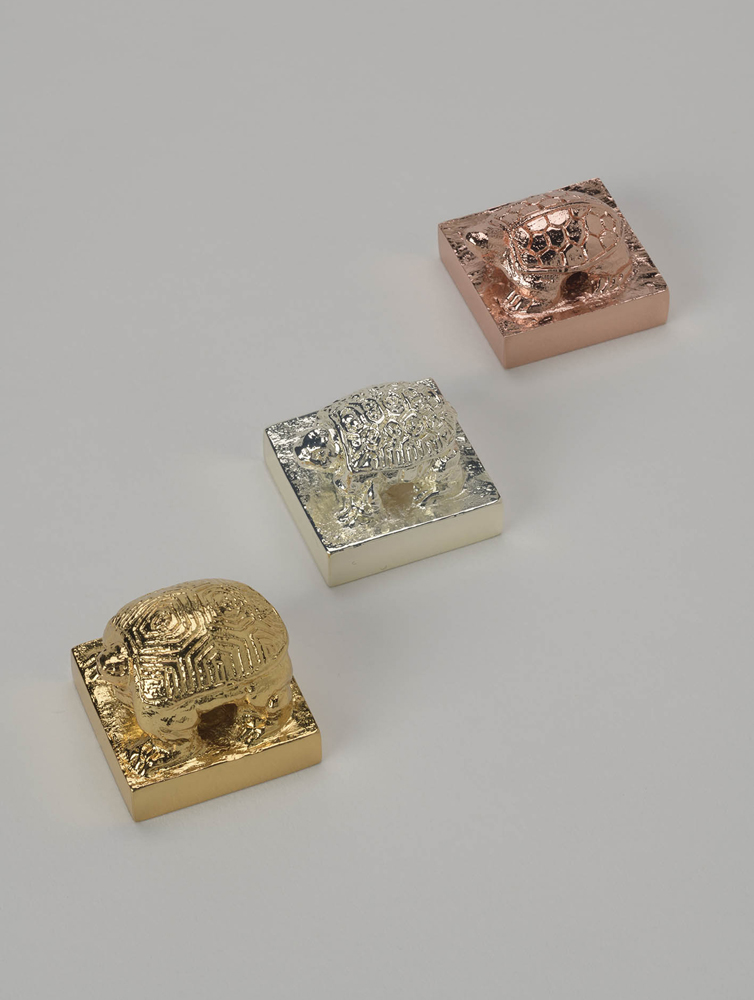
Variety of Han Dynamics (Gold · Silver · Copper) (Imitation)
Collection of National History Folk Museum
V-shaped keyhole-shaped tombs and East Asia
In the 3 rd century, influential people in various places joined together to form Wao in exchange and competition with China and the Korean Peninsula. The status and forces of influential people (king) with Wa Ya as the apex were reflected in the size and contents of the ancient tumuli typified by the keyhole-shaped tumuli.
In the north and the south, their own society and order spread. Along with the spread of newly introduced technologies and cultures such as ceramics, processing and production of iron, use of horses, etc., it highlights the lives of the people who developed in various places and the appearance of the king.
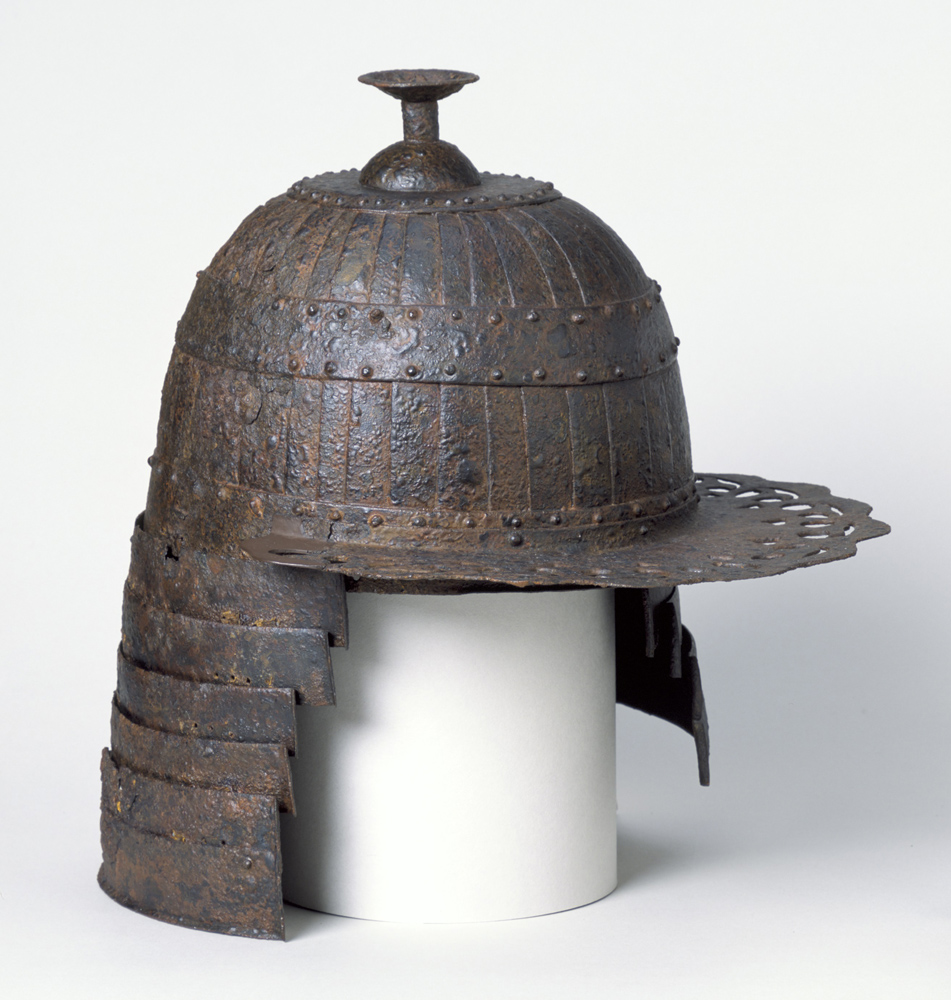
Iron workers Maolizuka Kumamoto prefecture Malozuka burial mound Exhibit Collection of National History Folk Museum
Ⅴ Ancient States and the Archipelago
Since the 7th century, in the archipelago world, the formation of a new nation based on the ruler adopted from China advanced, the ancient nation "Japan" centered around Kinai was born. Advanced cultures and techniques transmitted from continents and peninsula have had a great influence on the archipelago's world culture.
Meanwhile, in various parts of the archipelago, communities with various characteristics tailored to various environments were formed. Especially in the east and west of the ancient nation, despite its influence, a unique culture developed and became a driving force to alter the archipelago world.
Subchamber 1: Okinoshima
Okinoshima is located between Kyushu and the Korean Peninsula, and it was a place of God festival praying for voyage safety in ancient times.
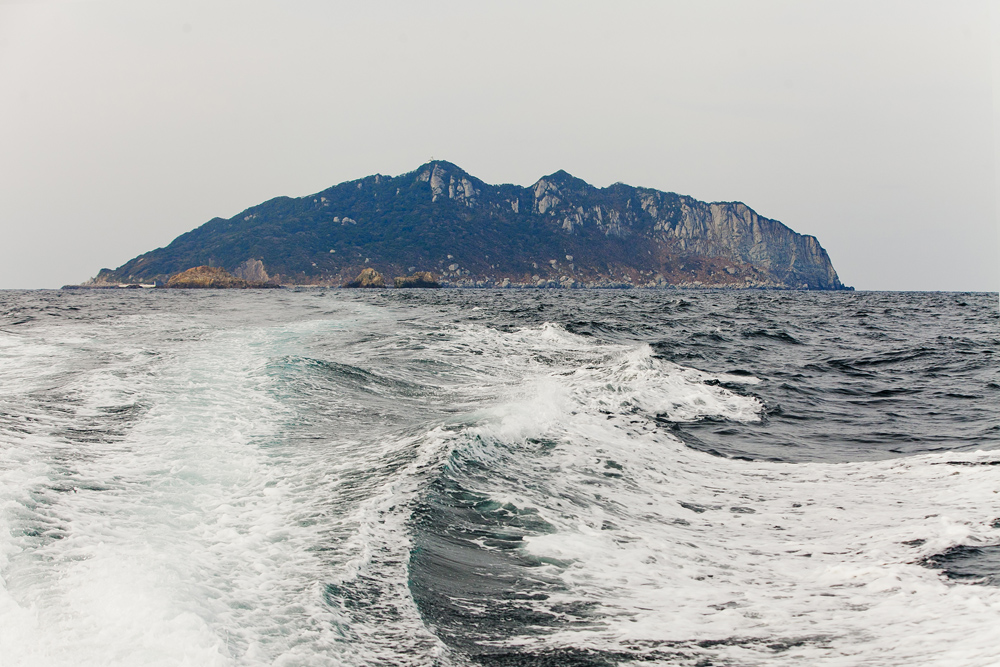
Okinoshima (Photography: Hidekazu Imagusi Provided: "Kami-jima Island" Munakata · Okinoshima and Related Heritage Conservation Council)
The period lasts for 4 to 9 centuries, 500 years. In this sub-room, we will show you what kind of festival has been held in Okinoshima, which is still the subject of faith as "God-bearing island". I will also introduce the history of exchange with East Asia.
Secondary Room 2: Shosoin Collection
The Shosoin document reported to Todaiji Shosoin in Nara Prefecture is a very valuable historical material as an existing document collection of the existing Nara period (8th century). We will use these to show the ancient official system called the civil service system, and the exchange of documents using paper and wooden paper that pushed Hanko. In addition, we will exhibit the world of Shosoin 's document "Omote" (official document) and "Ura" (Copy Book document).

"The Twelve Wisdom Teacher Volume No. 20 (Nikkei May 12, May 12)
Collection of National History Folk Museum
Based on the age view of "prehistoric and ancient" that changed greatly due to state-of-the-art research unique to history, the contents of the exhibition have been completely renewed. In the comprehensive exhibition of Himenori, as well as the 1st exhibition room renewed on March 19, the appearance of the lives of the people through the Middle Ages and the modern era through modern times has been introduced by various exhibitions, so on the day off Would you like to visit Sakura City and enjoy yourself slowly.
National historical folk museum usage information
| Museum opening hours | March to September 9: 30 ~ 17: 00 (Admission is until 16:30) October – February 9: 30 – 16: 30 (Admission is until 16:00) |
| Comprehensive exhibition entrance fee | General: 600 yen for individuals Group 350 yen College student: individual 250 yen group 200 yen Below High School Student: Free |
| Planning exhibition admission fee | General: Individual 830 yen group 560 yen College student: individual 450 yen group 250 yen Below High School Student: Free |
| Botanical garden opening time of life | 9: 30 ~ 16: 30 (The entrance is until 16:00) |
| Botanical garden entrance to life | Individual: 100 yen Group 50 yen Below High School Student: Free |
| Closed · holiday days | Every Monday (However, when the closed day falls on a holiday, it will be opened and the next day will be closed). New Year's Holiday (December 27 – January 4) |
| Street address | 117 castle town, Sakura city, Chiba prefecture | TEL | 03-5777-8600 (Hello dial) |
| Official website | https://www.rekihaku.ac.jp/ |
* Groups of 20 or more
* High school students and university students present student ID cards
※ Persons with disabilities such as handicapped Person will enter with a caregiver by entrusting a notebook · Free entrance fee
※ Guide libraries are available for people with visual impairment and foreign visitors priority (Japan · UK · China · Korea)
